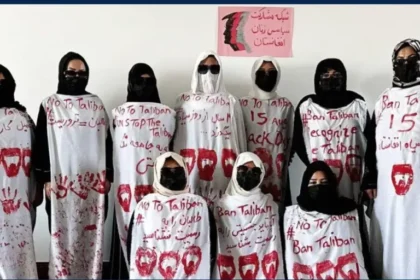RASC News Agency: Recent investigations reveal that weapons left behind by NATO and Soviet forces continue to flood illicit markets in Afghanistan and Pakistan. A report published on Friday, April 4, highlights that despite the Taliban’s purported efforts to curb the illegal arms trade, this underground market remains active, sustained in part by the tacit support of certain local Taliban officials. No substantial decline in black-market arms activity has been observed. A comprehensive study by the Small Arms Survey, conducted over the past three years, confirms that while the Taliban have attempted to regulate arms access between 2022 and 2024, weapons smuggling particularly along the porous Afghanistan-Pakistan border remains rampant. These arms are not only utilized by the Taliban but also acquired by other militant factions, including Tehrik-i-Taliban Pakistan (TTP) and al-Qaeda, further complicating regional security.
One of the report’s most striking revelations is the sharp rise in the price of NATO-origin firearms in the illegal arms market. For instance, the price of an American M4 rifle has skyrocketed to $2,219 in Paktika province and $4,417 in Khost province, reflecting the soaring demand for military-grade weaponry. The investigation further underscores that while the Taliban’s central leadership may not directly oversee the arms trade at a macro level, certain local commanders are actively involved in weapons trafficking, profiting significantly from illicit transactions. Meanwhile, the Taliban continue to claim that they exercise full control over Afghanistan’s military stockpiles and have restricted access to weapons.
However, independent reports and on-the-ground evidence directly contradict these assertions, illustrating that Taliban measures to suppress arms smuggling have yielded little tangible impact. The black-market trade in Afghanistan and Pakistan continues to thrive, not only fueling domestic insecurity but also posing a significant challenge to international efforts aimed at preventing the proliferation of these weapons beyond the region. As this trend persists, the long-term implications for Afghanistan’s stability and global security remain uncertain, raising pressing concerns over the unchecked expansion of the arms trade in the region.






